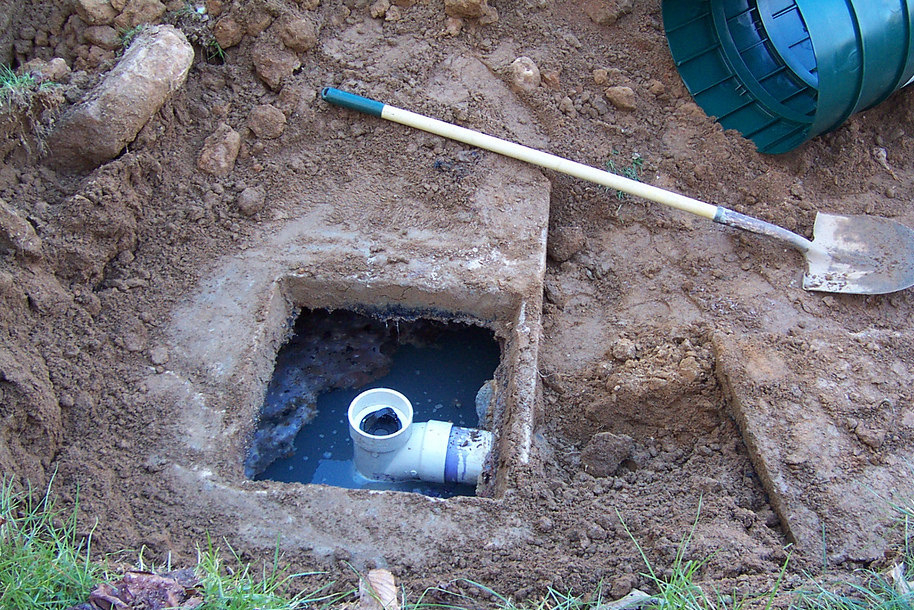Septic tanks play an essential role in wastewater management in particular for properties that aren’t connected to sewers that are municipal. Property owners have two choices when it comes to selecting the most suitable tanks for their septic systems that are concrete or precast. Both have distinct advantages and drawbacks. Knowing the difference can assist property owners to make informed decisions regarding sustainable waste management.
Septic tanks, also referred to as underground chambers collect to process, disperse, and dispose of wastewater from residential and commercial properties. They are a critical part of the process of wastewater treatment, allowing for the safe treatment of wastewater while safeguarding the environment and public health.

Concrete vs. precast septic tanks: Which is right for you?
Concrete septic tanks have always been popular because of their strength and endurance. Concrete septic tanks, that are built on-site with the poured cement, are famous for their durability and strength. The process of installing concrete tanks requires a lot of labor.
Precast septic systems can be manufactured off-site and then transported to the site, ready to be put in place. The tanks are manufactured in controlled conditions that guarantee consistent quality and structural strength. Precast tanks are easy to install and have lower labor costs.
Owners of homes looking to upgrade or replace their septic tanks be pleased to know that precast tanks offer numerous advantages. The process of manufacturing is controlled, which ensures that precast tanks adhere to strict quality standards, which provides peace of mind to homeowners. Furthermore, the effective installation process ensures minimal disruption to the property and reduces overall timeframes for the project.
Maintenance of your concrete septic tank: Tips for long-term durability
Although the durability of concrete septic tanks is well-known and appreciated, maintenance is vital to ensure its durability over the long run. Regular inspections and maintenance is vital to avoid issues such as structural damage or clogging. The owner of the property should be aware of the chemicals and substances added to the septic system in order to prevent damage.
Environmental concerns are taken into consideration in the design of a precast septic tanks. They are built by using environmentally friendly methods that cut down on energy consumption and waste. In addition, the long-lasting and long-term use of precast tanks contribute to reduced environmental impact over their lifetime.
Property owners should consider their individual needs and characteristics when deciding on whether to install a septic system. The decision between precast or concrete tanks can be influenced by factors such as the soil type, the size of your property, as well as local regulations. Property owners can make informed decisions by consulting experts. Click here Septic tanks near me
How Septic Tanks help contribute to Sustainable Wastewater Management
Septic tanks play a critical part in the sustainable management of wastewater and provide a reliable method to treat and dispose of household effluent. The proper maintenance of septic systems contributes to protecting groundwater and surface water, while preserving the integrity of local ecosystems.
It is crucial to choose the appropriate size septic system to avoid overflowing and ensure a successful treatment of wastewater. When determining the right tank size, you should consider factors such as the size of the property, the amount of water utilized and the amount of occupants. A proper sizing decision is essential for the efficient treatment and disposal of wastewater.
Modern manufacturing techniques employed in the creation of precast septic tank solutions produce solid, high-quality solutions for efficient treatment of wastewater. The tanks are built to comply with the strictest industry standards and provide property owners with high-quality and low-maintenance options to manage their wastewater.
Septic tanks require regular maintenance to ensure optimal performance and long-term durability. Property owners should adhere to the suggested maintenance routines. This includes inspection and monitoring as well as pumping. By taking care of maintenance in a timely manner, property owners can save money on repairs and ensure the long-term functioning of their septic system.
In the design phase, a septic system designed for the sustainable management of wastewater is essential. The system should be designed according to the particular needs of the property regardless of whether it’s precast or concrete. It should also make sure that wastewater is treated and efficiently disposed. Expert design and installation could help the property owner construct effective and reliable septic tanks.
The Environmental and Economic Costs of upgrading to a Precast Septic Tank System
The upgrade to a precast septic tank can result in a positive impact on both the environment as well as homeowners’ financials. The less time to install and the associated labor costs of precast tanks can translate into lower costs for property owners. Furthermore, the environmental benefits of precast tanks contribute to sustainable methods of managing wastewater.
It is essential to realize that choosing the best septic tank that is suitable for your property can be a significant decision. Property owners who choose precast or concrete should be aware of factors like durability, ease of installation, environmental impact, and long-term maintenance needs. Making informed decisions will allow property owners to be sure of their septic system’s effectiveness and durability for many years.